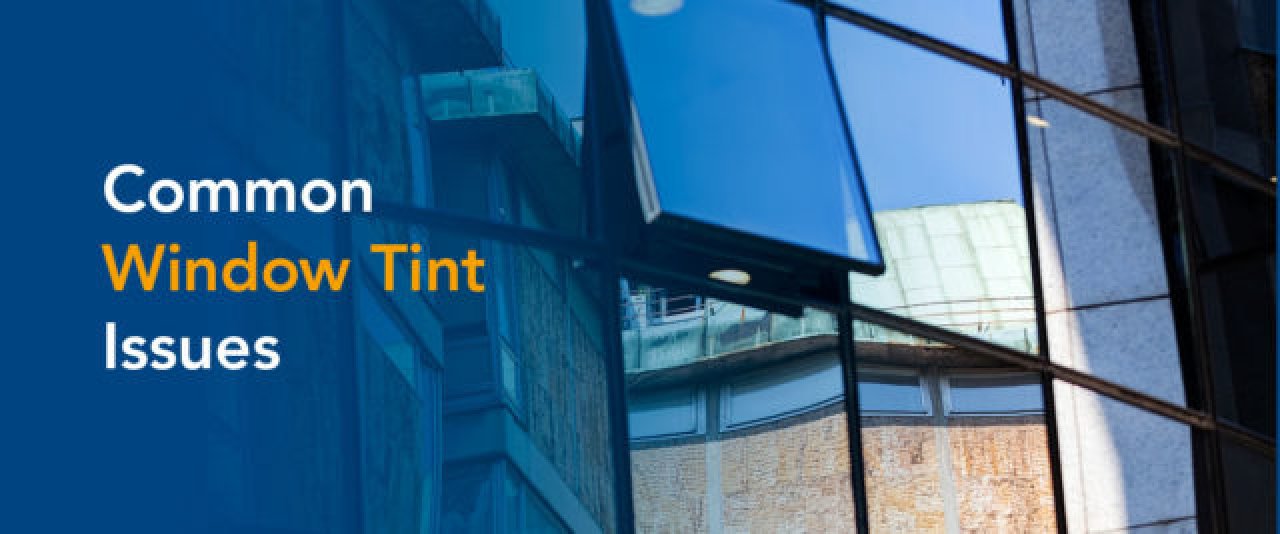Automotive Tint Laws in Your State
Nov 6, 2019

By: David Smith
Knowing and understanding your state's tint laws is important before having film applied to your vehicle. There is no federal standard for window tint so each state has its own unique laws, making it a bit tricky to navigate!
While state laws do vary, there are some general guidelines that you as a consumer can familiarize yourself with to better understand these regulations. Understanding these guidelines will help to ensure that your vehicle’s tint is compliant with the laws in your particular state.
Visible Light Transmission (VLT) – States measure the legal amount of tint on a car window by its VLT — the amount of light that can pass through the window. The lower the number, the darker the film.
NET VLT – The majority of states measure the VLT in terms of the combined light transmittance of both the film and the glass itself. This is important to note since auto manufacturers do often factory tint the glass of many of their vehicles.
Front Side Windows – Generally must be lighter than the rear windows and no darker than 20% VLT, with most states requiring at least a 35% VLT. A high VLT is necessary for the driver to be able to properly see the road as well as his or her side mirrors.
Back and Rear Windows – The VLT permitted is often different for sedans then it is for SUVs and vans (MPVs). In many states, there are actually no VLT restrictions on SUVs and vans back and rear windows.
Windshield – Many states allow a non-reflective tint, but usually only to a specific point on the windshield such as the A1 line. Windshield protection films such as ClearPlex are permitted since they are optically clear.
Reflectance – Some tints contains metallic elements that help in reflecting incoming light and reducing the glare and heat generated by visible light. The laws surrounding reflectance vary greatly, with some states allowing only a certain percentage of reflectivity and others simply not allowing a mirrored appearance or any film that increases reflectivity.
Tint Colors – The laws surrounding tint colors such as red, amber, yellow, and blue vary greatly from state to state. Some do not specify any color restrictions while others limit it only to colors such as red and amber.
Medical Exemptions – Most states do allow for medical exemptions when it comes to window tint.
Professional window film dealers are aware of the tint laws in their state of business and can advise you on the tint product that will best meet your needs while still adhering to state laws. It is illegal for dealers to sell and install tint that does not comply with state laws.
However, it is ultimately up to the consumer to ensure that their tint is legal. Download a comprehensive U.S. State and Canadian Laws charts that was created by the International Window Film Association (IWFA).


